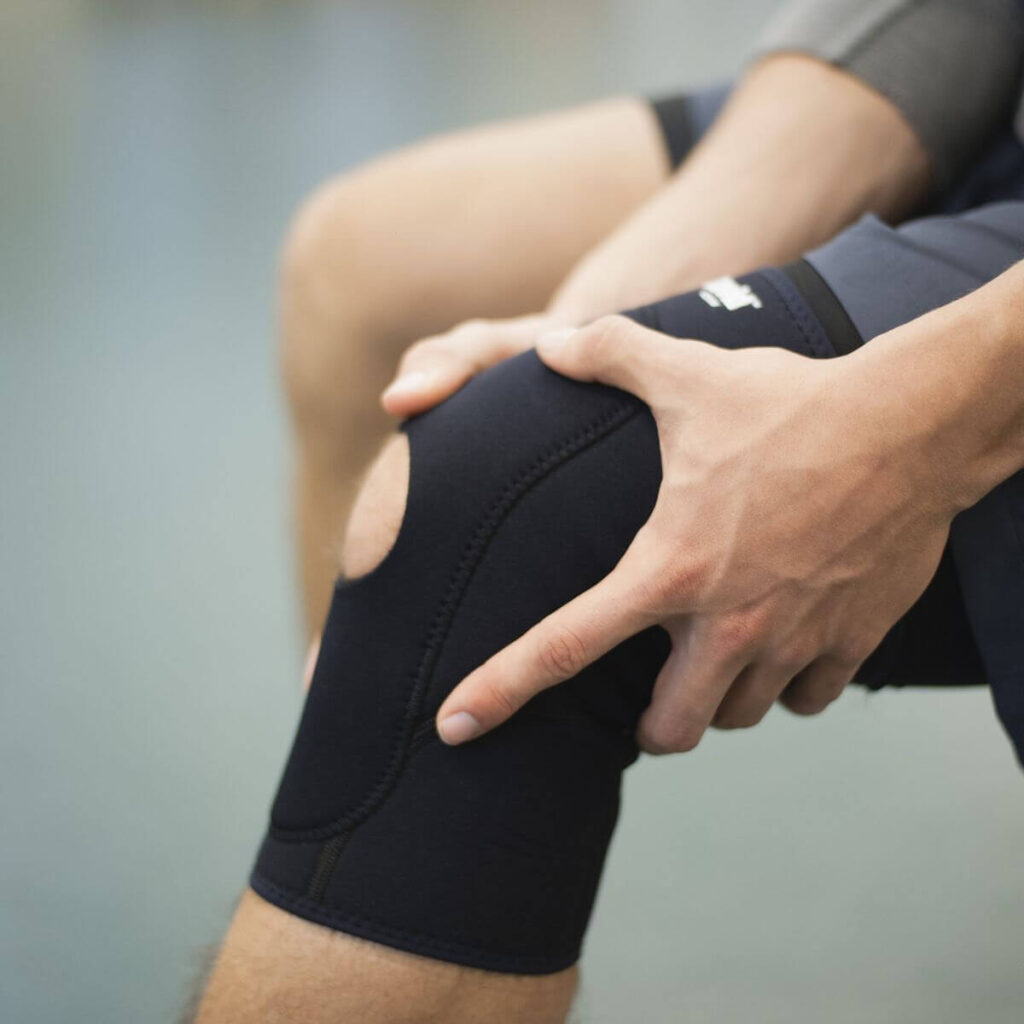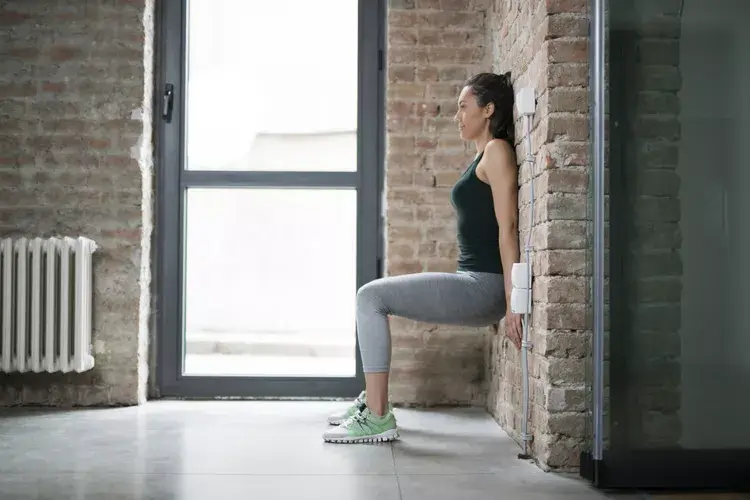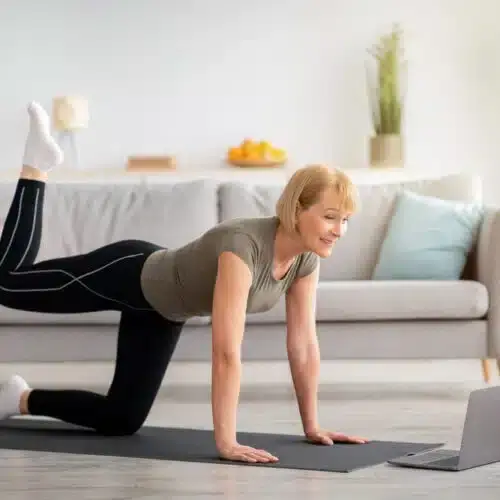Basketball is a dynamic and exhilarating sport that demands agility, speed, and precision. Players must navigate the court with swift and calculated movements, constantly changing direction, and engaging in explosive actions like jumping and pivoting. However, with the intense physical demands of the game, the knees often bear the brunt of the stress, making them susceptible to injuries. To excel in basketball and enjoy a long and successful career on the court, it is essential to strengthen the knees and protect them from the rigors of the game.
In this article, we will explore the importance of knee strength in basketball and provide you with a comprehensive guide on how to fortify your knees through a series of 10 highly effective exercises. Whether you’re a seasoned basketball veteran looking to enhance your performance or a novice player aiming to prevent injuries, these exercises, accompanied by detailed instructions, will serve as your key to unlocking the full potential of your lower body.
By the time you finish reading, you’ll have a profound understanding of the biomechanics of the knee, the factors that contribute to knee injuries in basketball, and a range of exercises tailored specifically to bolster the strength and stability of your knees. We’ll equip you with the knowledge and techniques required to stay on the court, navigate the game’s physical demands, and take your basketball skills to the next level.
Prepare to embark on a journey of empowerment and injury prevention. Your knees will thank you as you discover how to build a solid foundation for your basketball prowess, ensuring that you remain agile, resilient, and competitive on the hardwood. Let’s get started on the path to strengthening your knees for basketball excellence!
The Importance of Strong Knees in Basketball
Before delving into the specific exercises, it’s crucial to understand why knee strength is paramount for basketball players. The knees play a central role in every aspect of the game, from quick cuts and explosive jumps to absorbing shock and maintaining balance. Here are some key reasons why strong knees are essential for basketball success:
1. Injury Prevention: Basketball is notorious for knee injuries, particularly anterior cruciate ligament (ACL) tears and meniscus damage. A well-conditioned knee can better withstand the stresses placed upon it during intense gameplay, reducing the risk of these debilitating injuries.
2. Enhanced Agility: Strong knees contribute to improved agility and lateral movement, enabling players to change direction quickly, evade opponents, and maintain defensive and offensive maneuvers with precision.
3. Better Jumping Ability: Basketball is a sport of verticality, and powerful knee extensors are crucial for explosive jumping. Strong quadriceps, hamstrings, and calf muscles translate to higher leaps, essential for rebounds, blocks, and slam dunks.
4. Stability and Balance: A strong knee joint provides better stability, reducing the chances of awkward landings, twists, or hyperextensions that can lead to injuries.
5. Endurance: Strong knees allow players to endure the rigors of the game by providing support and reducing fatigue, particularly during prolonged matches or overtime periods.
The 10 Effective Knee-Strengthening Exercises
Now that we’ve emphasized the significance of knee strength, let’s dive into the 10 exercises that can help you fortify your knees for basketball. Each exercise is designed to target specific muscle groups that play a crucial role in knee stability and performance. We’ve included step-by-step instructions to ensure you perform them correctly and safely.
1. Squats: A fundamental exercise for building strength in the quadriceps, hamstrings, and glutes.
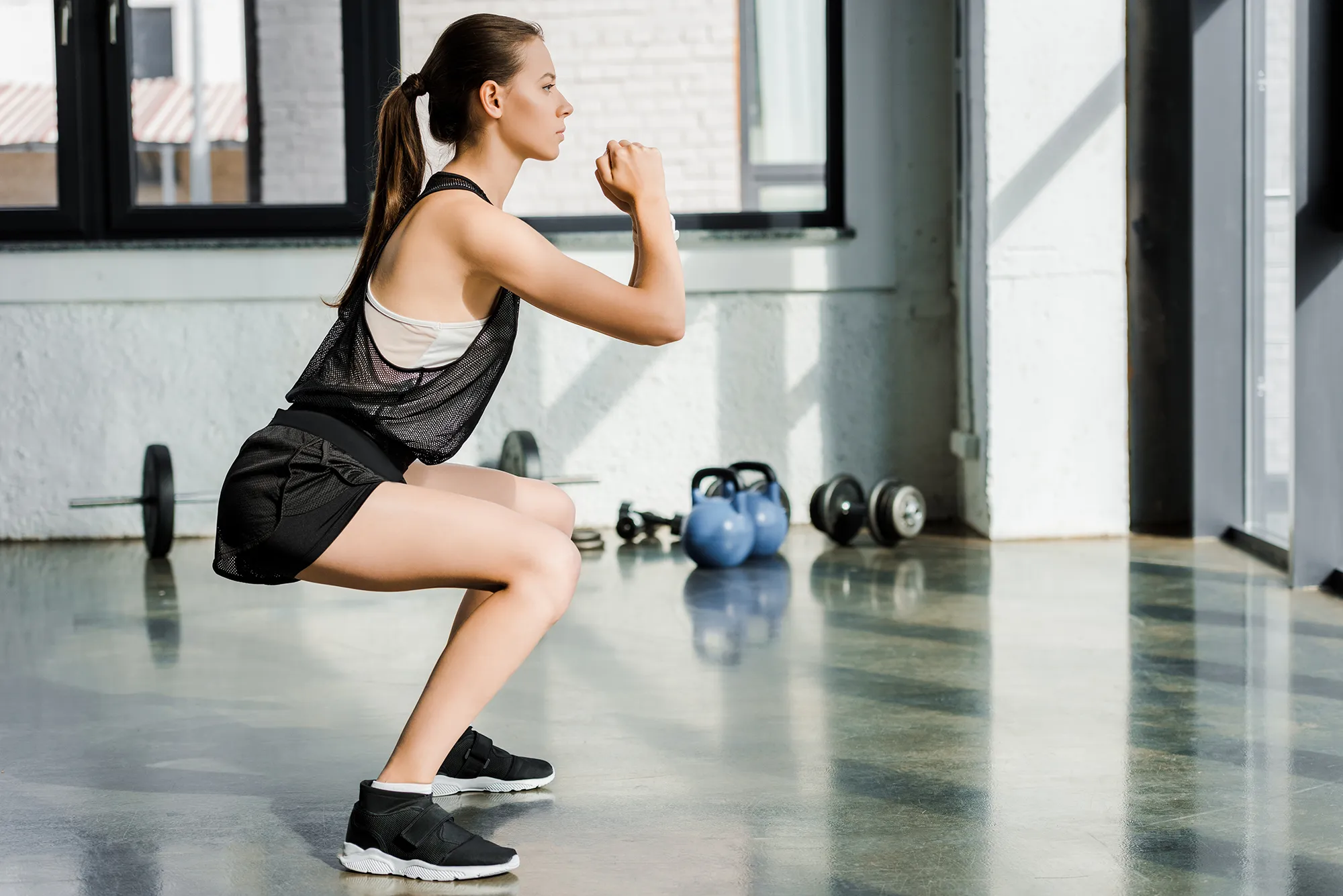
2. Lunges: Develop leg strength, balance, and coordination.
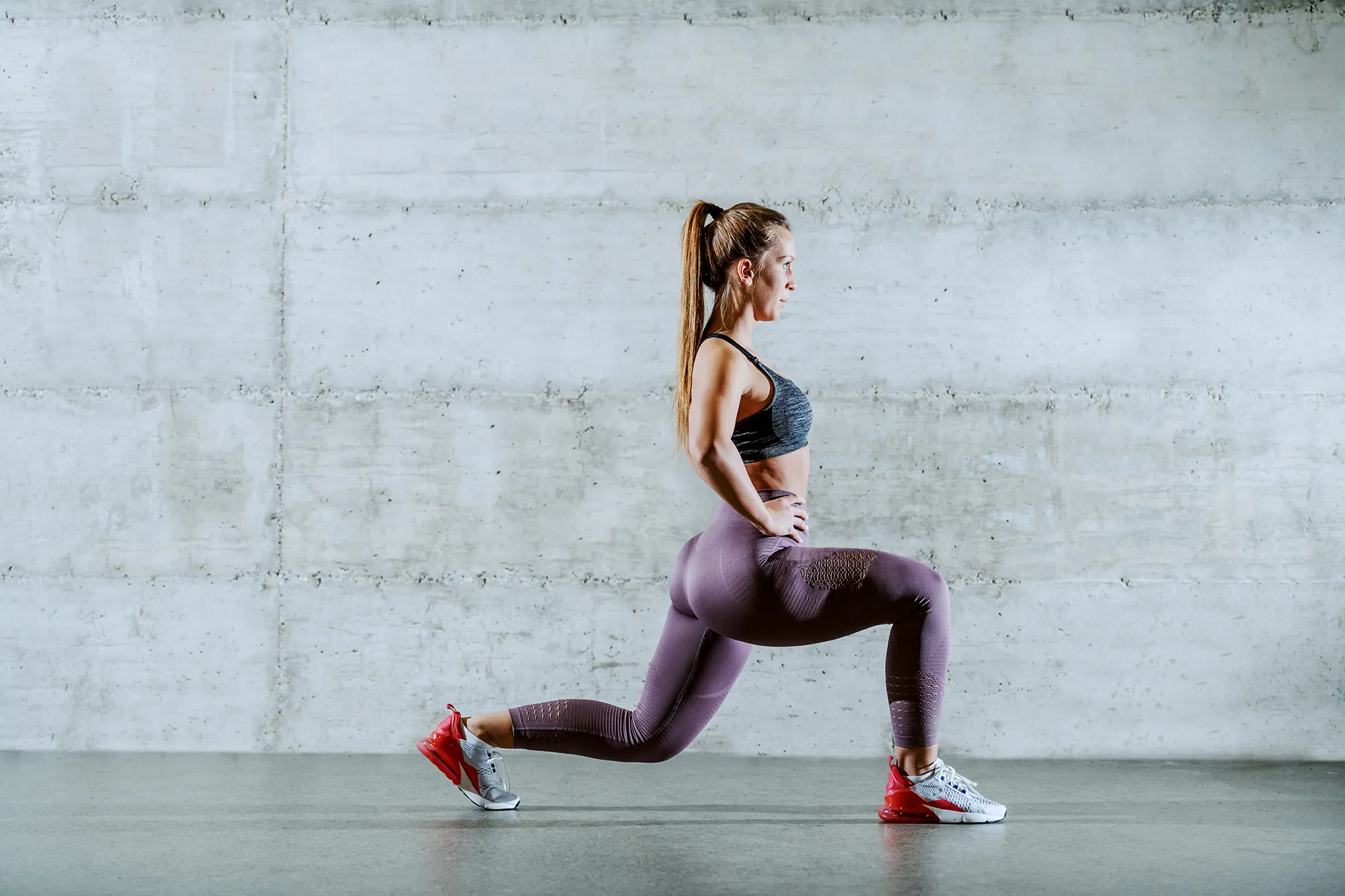
3. Step-Ups: Enhance knee stability and improve single-leg strength.
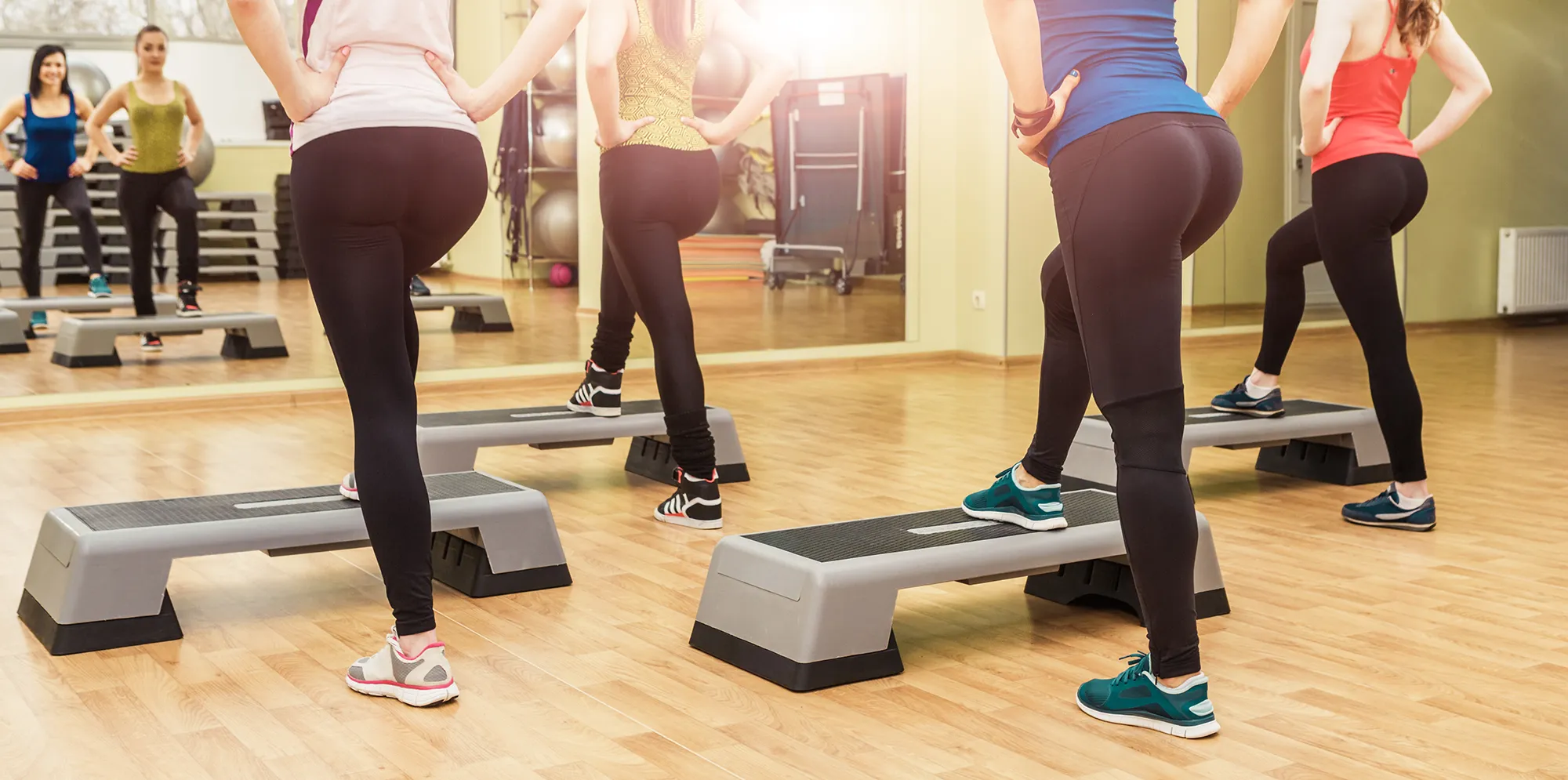
4. Wall Sits: Build endurance in your quadriceps and reinforce your ability to maintain a low defensive stance.
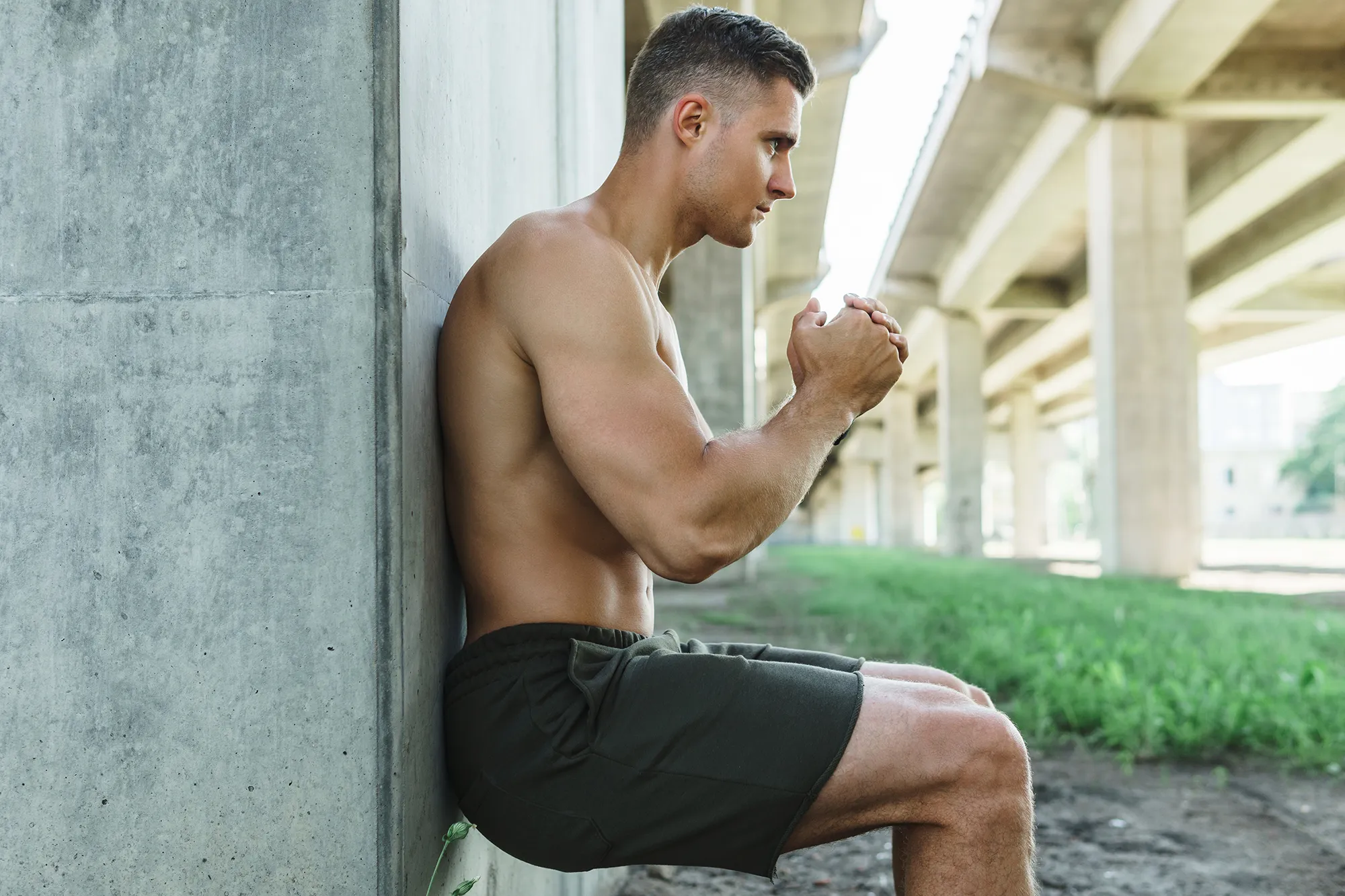
5. Leg Press: Isolate and strengthen the leg muscles with controlled resistance.
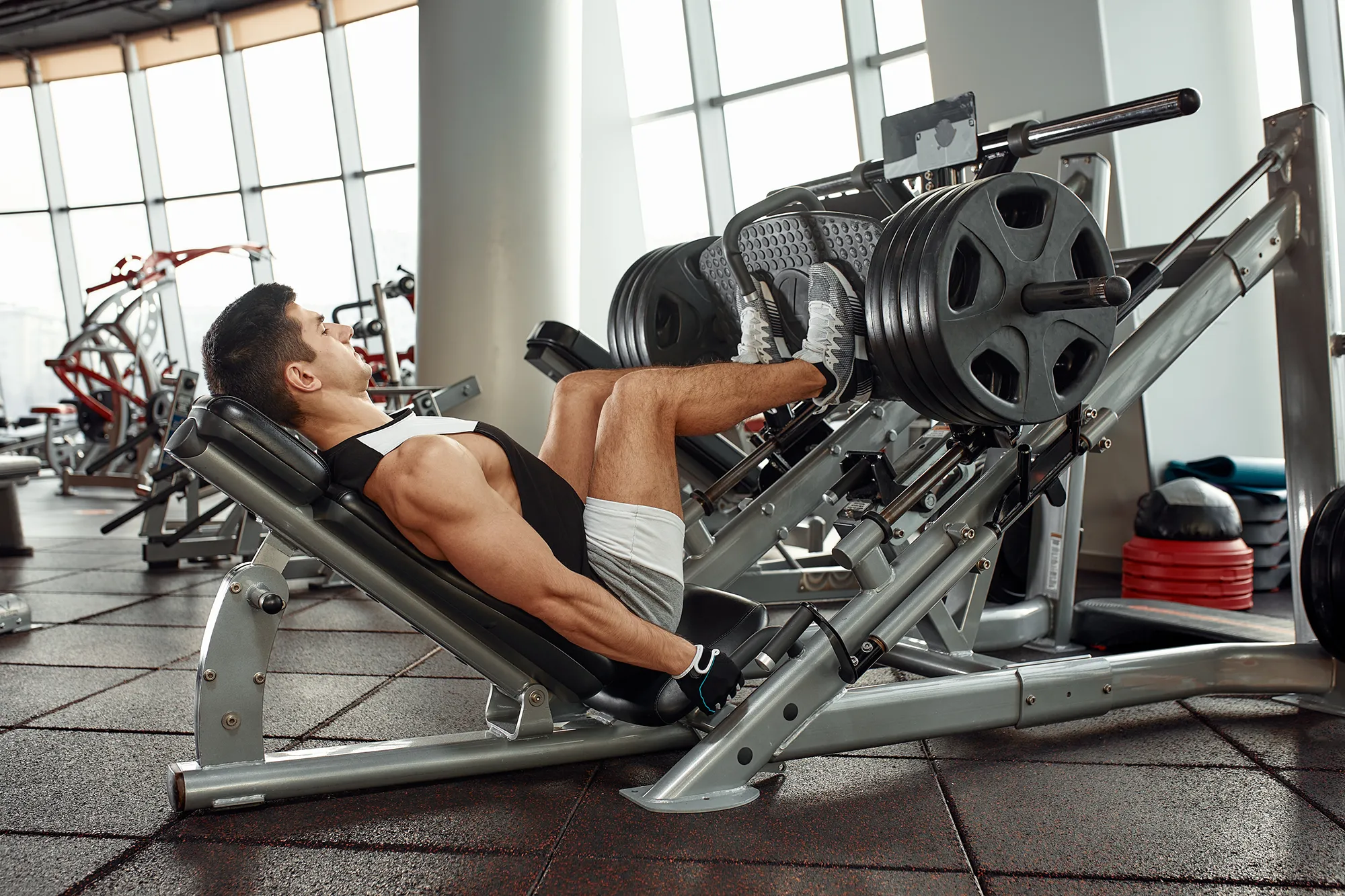
6. Calf Raises: Develop powerful calf muscles to aid in explosive jumps and quick movements.
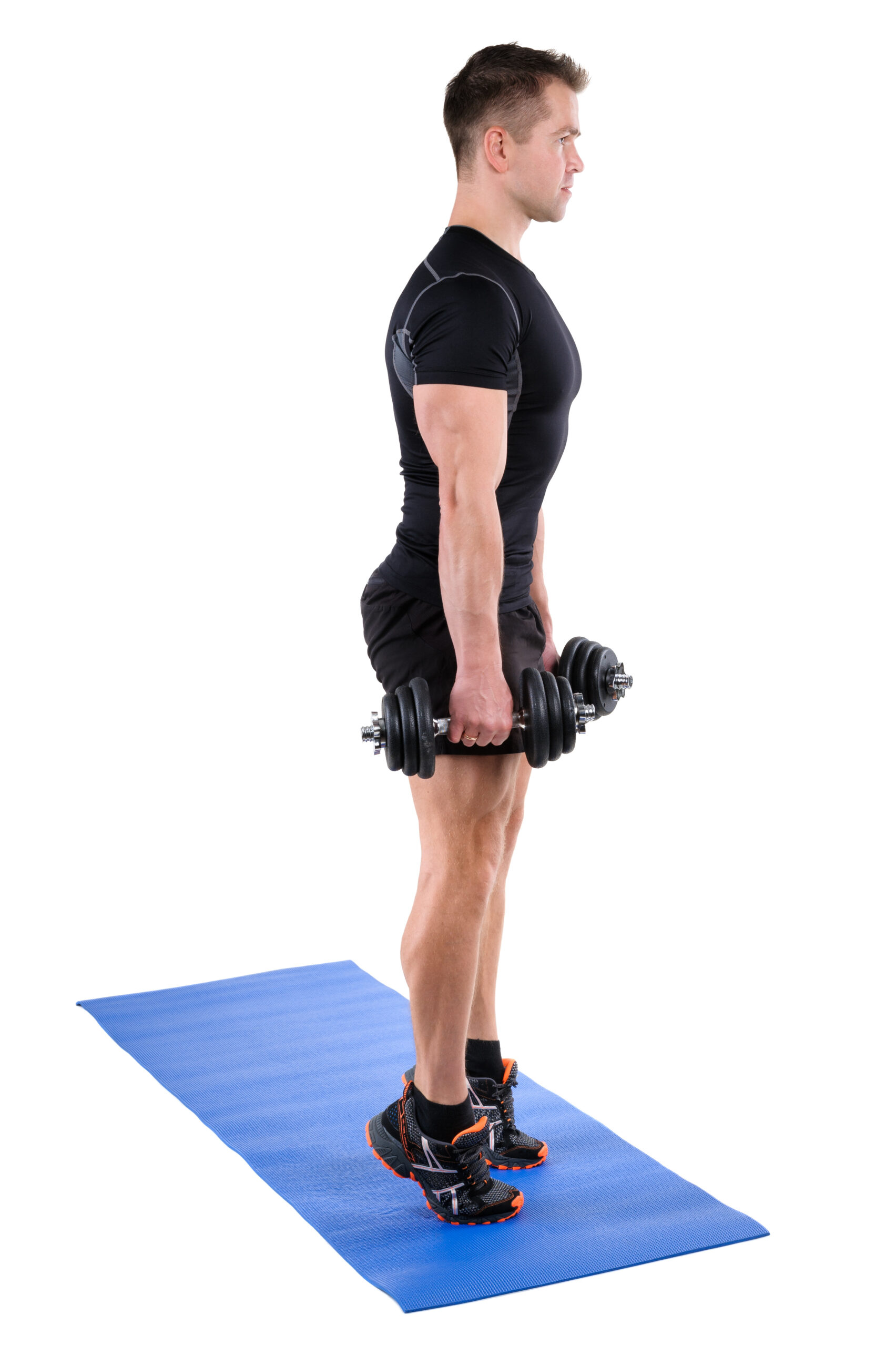
7. Box Jumps: Hone your jumping ability and enhance knee coordination.
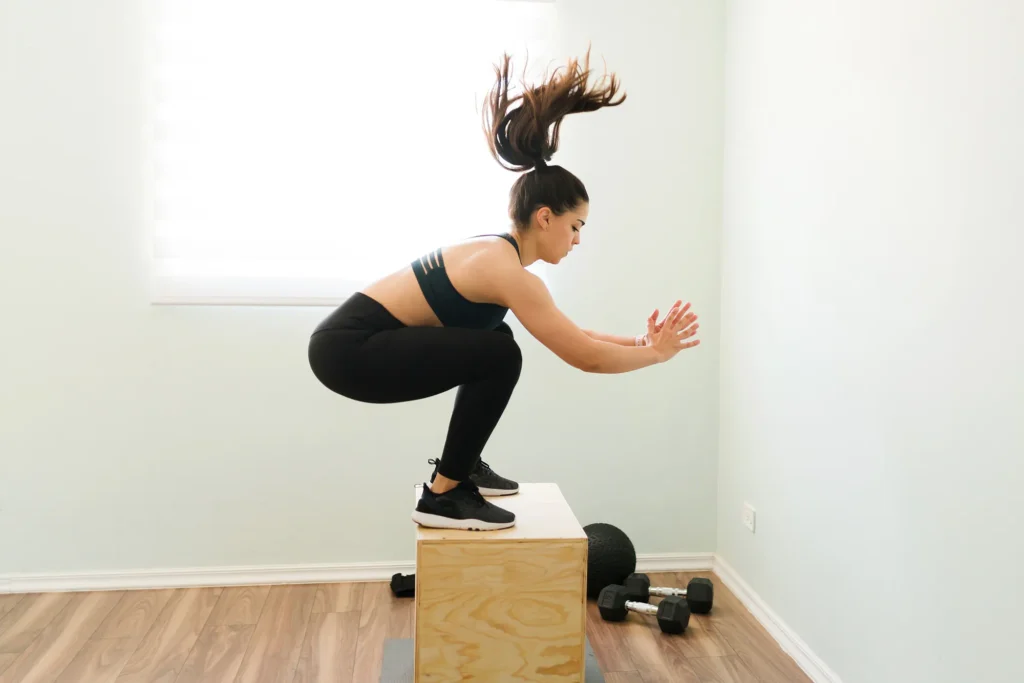
8. Deadlifts: Strengthen the posterior chain, including the hamstrings and glutes.
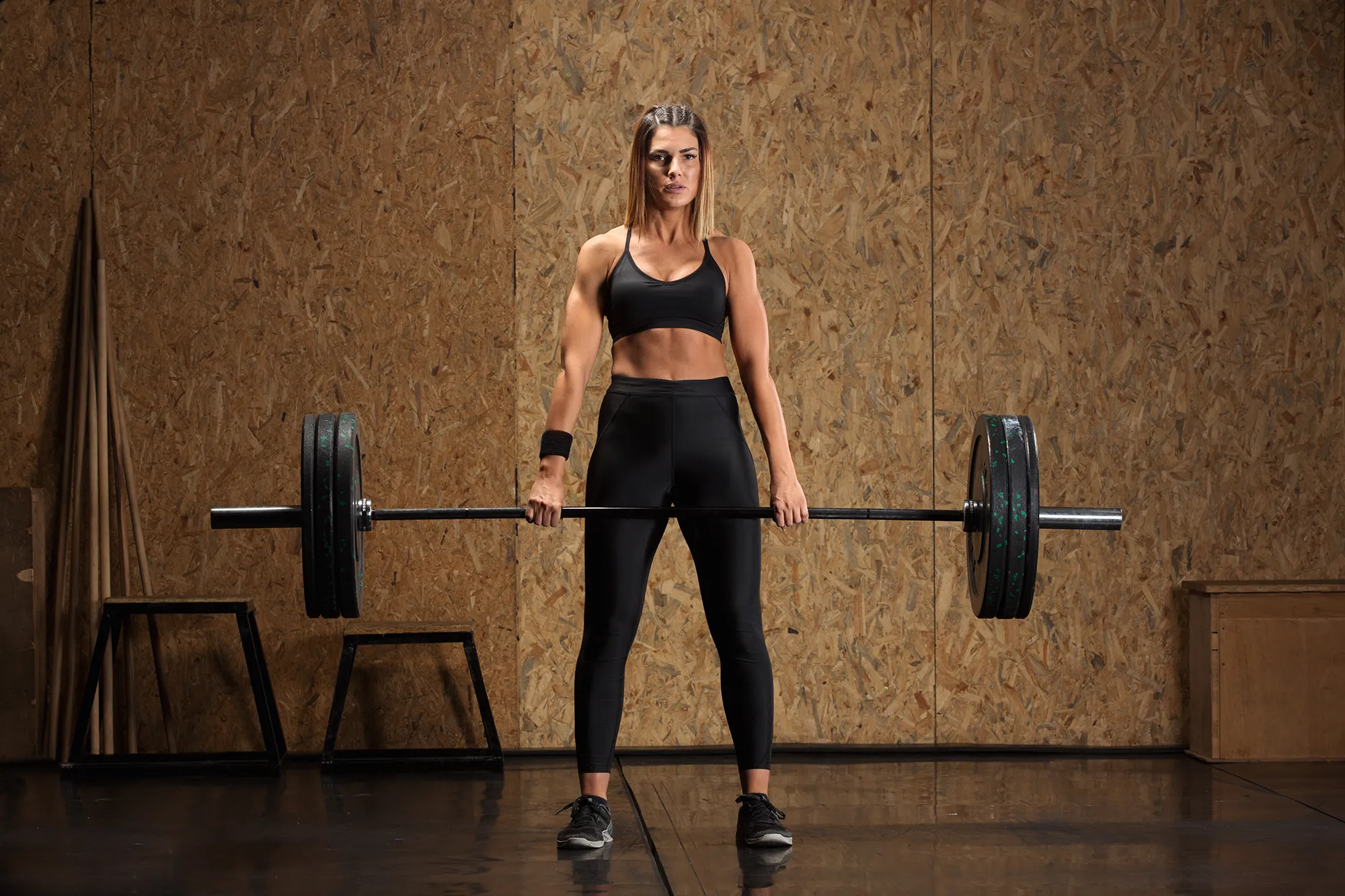
9. Glute Bridges: Target the glutes and hamstrings for added stability.
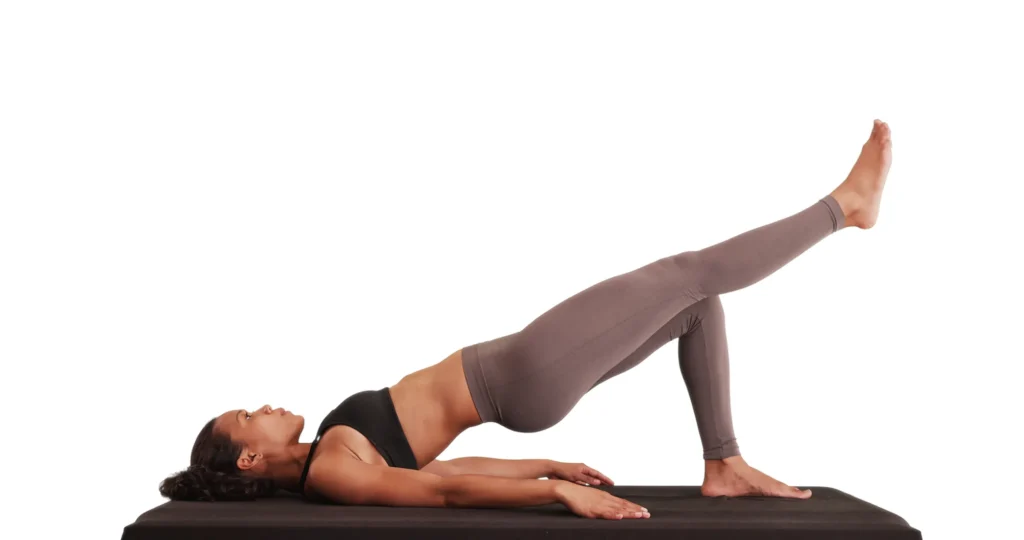
10. Bulgarian Split Squats: Focus on single-leg strength and balance.
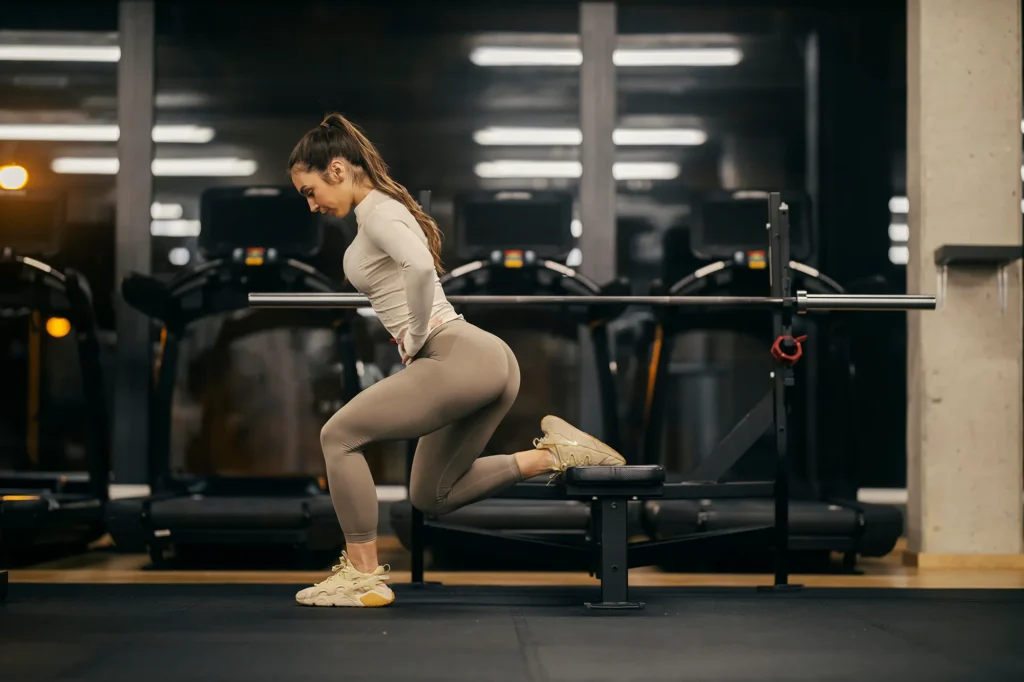
In the following sections of this article, we will provide detailed instructions and tips for each of these exercises. By incorporating them into your training regimen, you’ll be well on your way to achieving stronger, more resilient knees and elevating your performance on the basketball court.
Remember, consistency and proper technique are key to reaping the full benefits of these exercises. Whether you’re a professional athlete or a weekend warrior, the goal remains the same: to play the game you love with passion, skill, and injury-free longevity. Your journey to stronger knees starts here, so let’s get to work and secure your place as a dominant force on the basketball court.
Exercise Instructions and Tips
1. Squats:
Instructions:
- Stand with your feet shoulder-width apart.
- Lower your body by bending your knees and hips, keeping your back straight.
- Go as low as you can while maintaining proper form.
- Push through your heels to return to the starting position.
Tips:
- Ensure your knees stay aligned with your toes.
- Keep your chest up and core engaged.
- Start with body weight and progress to using weights.
2. Lunges:
Instructions:
- Stand with your feet together.
- Step forward with one leg, lowering your body until both knees are at a 90-degree angle.
- Push back to the starting position.
- Repeat with the other leg.
Tips:
- Maintain proper posture and balance.
- Avoid letting your front knee go past your toes.
- Gradually increase the depth of your lunges as you gain strength.
3. Step-Ups:
Instructions:
- Stand facing a sturdy bench or platform.
- Step onto it with one leg and fully extend your hip and knee.
- Step back down and repeat.
- Alternate legs.
Tips:
- Keep your core tight for balance.
- Start with a lower step and increase the height as you progress.
4. Wall Sits:
Instructions:
- Stand with your back against a wall and your feet about hip-width apart.
- Slide down the wall until your thighs are parallel to the ground.
- Hold this position for as long as you can.
Tips:
- Focus on keeping your back flat against the wall.
- Gradually increase the duration of your wall sits.
5. Leg Press:
Instructions:
- Use a leg press machine at the gym or a leg press sled.
- Place your feet shoulder-width apart on the platform.
- Push the weight away by extending your knees and hips.
- Return to the starting position with control.
Tips:
- Choose an appropriate weight for your fitness level.
- Maintain proper form and avoid locking your knees.
6. Calf Raises:
Instructions:
- Stand with your feet hip-width apart.
- Rise onto your toes by flexing your calf muscles.
- Lower your heels back down.
Tips:
- Gradually add weight for more resistance.
- Perform this exercise on both feet and one foot at a time.
In the next section of this article, we’ll cover the remaining exercises and provide additional tips and precautions to ensure you get the most out of your knee-strengthening routine. Strengthening your knees for basketball is an ongoing process that requires dedication, so stay committed to your training program and watch as your performance on the court reaches new heights.
7. Box Jumps:
Instructions:
- Stand in front of a sturdy box or platform.
- Jump onto the box, landing softly with your knees slightly bent.
- Step back down and repeat.
Tips:
- Focus on your landing technique to minimize impact on your knees.
- Start with a lower box height and gradually progress to higher heights as you build strength and confidence.
8. Deadlifts:
Instructions:
- Stand with your feet hip-width apart.
- Bend at your hips and knees to lower your body, keeping your back straight.
- Hold a barbell or dumbbells with an overhand grip.
- Stand back up, extending your hips and knees.
Tips:
- Maintain proper form to protect your lower back.
- Start with lighter weights and gradually increase as you gain strength.
9. Glute Bridges:
Instructions:
- Lie on your back with your knees bent and feet flat on the ground.
- Lift your hips off the ground by squeezing your glutes.
- Hold for a moment, then lower your hips back down.
Tips:
- Focus on engaging your glutes throughout the movement.
- Gradually increase the number of repetitions as you progress.
10. Bulgarian Split Squats:
Instructions:
- Stand a few feet in front of a bench or step.
- Place one foot behind you on the bench.
- Lower your body into a lunge, keeping your front knee above your ankle.
- Push back up to the starting position.
Tips:
- Maintain good balance and stability during this exercise.
- Use a stable surface to prevent injuries.
Additional Tips for Knee Strengthening
- Warm-up: Always warm up before your knee-strengthening workout to prepare your muscles and joints for the exercises. A brief cardio warm-up, like jogging or jumping jacks, followed by dynamic stretches, can be highly effective.
- Proper Technique: Focus on correct form for each exercise. Poor form can lead to injury or reduced effectiveness.
- Progressive Overload: Gradually increase the intensity, repetitions, or weight of your exercises as your strength improves.
- Rest and Recovery: Give your knees and the surrounding muscles time to recover. Overtraining can lead to injuries.
- Consult a Professional: If you have a history of knee injuries or are unsure about your form, consider consulting a physical therapist or personal trainer.
- Listen to Your Body: If you experience pain or discomfort beyond typical muscle soreness, stop the exercise and seek guidance.
In conclusion, strengthening your knees for basketball is not just about improving your performance but also safeguarding your long-term health in the sport. Incorporating these exercises into your training routine and following the provided instructions and tips will help you build the knee strength necessary to excel on the basketball court. Remember that consistency and patience are key to achieving lasting results, and always prioritize the health and safety of your knees. With dedication and the right exercises, you can look forward to a future of stronger, more resilient knees and a higher level of play in the game you love.


